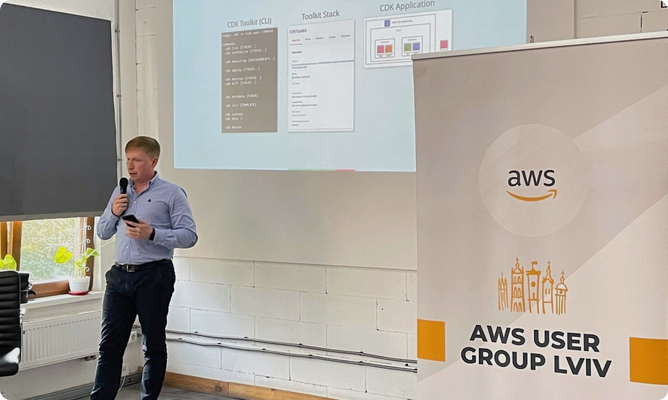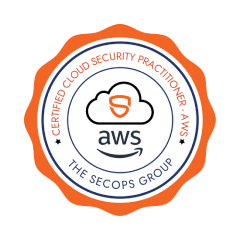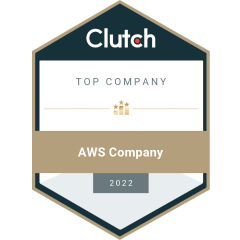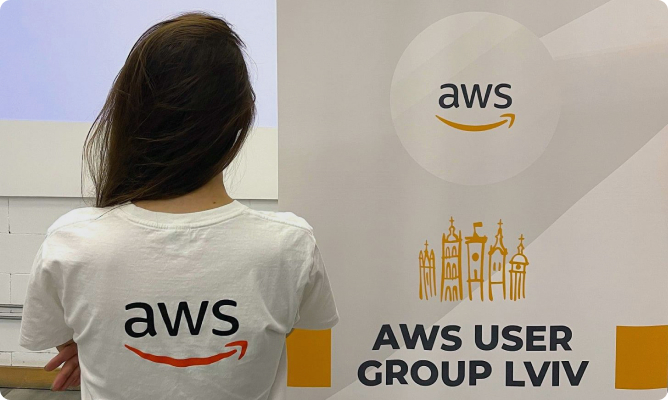
Services
Discovery PhaseUX/UI Design
Web Development
Mobile DevelopmentTest AutomationData EngineeringCloud Services
SalesforceSecurity
CTO-as-a-ServiceСlients
Case studies
WendyAI-powered recruitment assistantBambooMicro-investment appCoin360Crypto exchange live data aggregatorCoach SolutionsWeb application penetration test
Elements CloudBusiness process visualization appAcorn-iIntelligent platform for ecommerceSqordSqord is the IoT fitness application for kids
Industries
Knowledge base











































‘’Our founder said that our application’s performance was better than ever, and the indirect feedback has been very positive as well. This was a big project and migration, so naturally, there were some issues. However, most of those issues were application bugs that we hadn’t notice until we moved it to AWS.”
Samuel Madeley